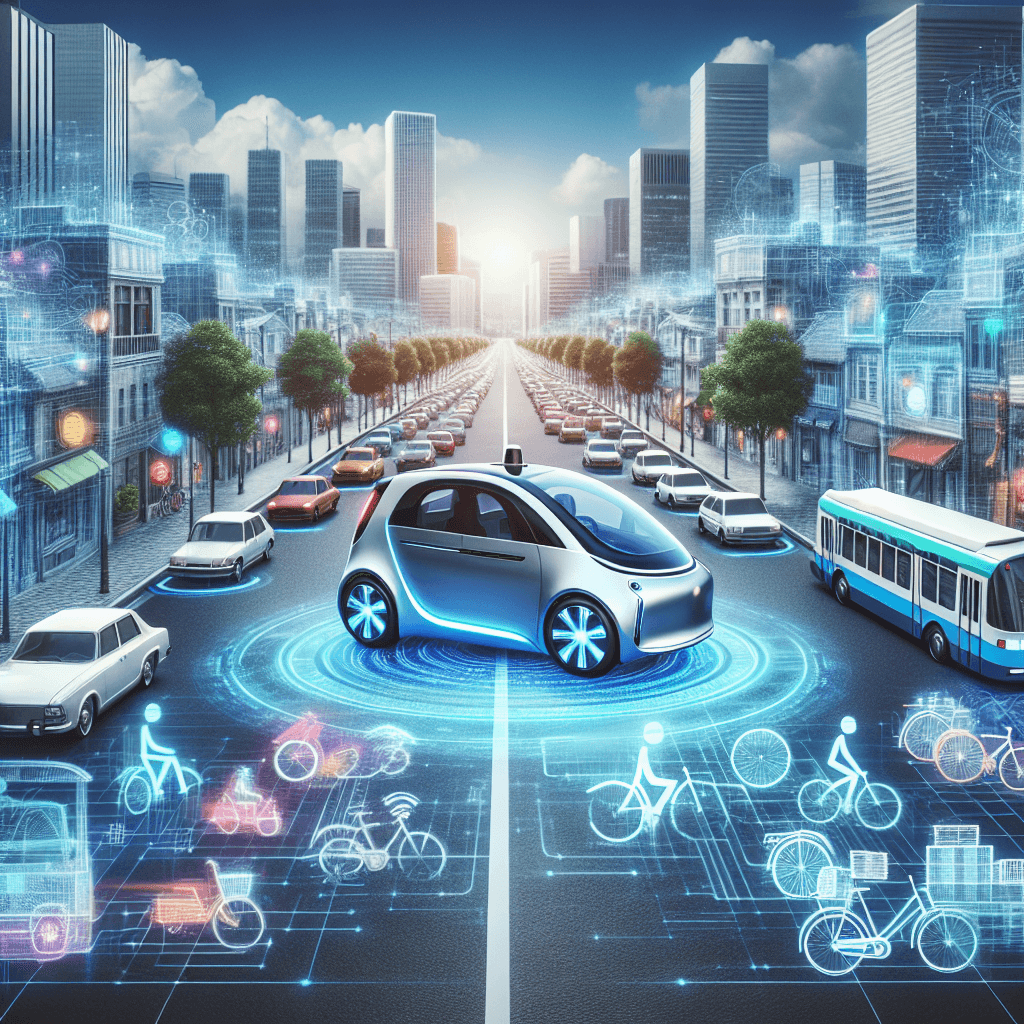Table of Contents
- Introduction to Autonomous Vehicles
- Impact on Society and Economy
- Real-World Applications and Challenges
- Conclusion
Introduction to Autonomous Vehicles
Autonomous vehicles, often known as self-driving cars, are vehicles equipped with advanced sensors and software to navigate roads without human intervention. These futuristic cars promise to revolutionize the way we travel, making transportation safer, more efficient, and accessible.
But what makes these vehicles stand out? They rely on cutting-edge technologies like machine learning, computer vision, and GPS mapping to understand their surroundings and make real-time driving decisions. Companies like Tesla and Waymo are at the forefront, tirelessly innovating to bring fully autonomous vehicles to our streets.
Impact on Society and Economy
The advent of autonomous vehicles could dramatically reshape our society and economy. Think about the potential reduction in traffic accidents caused by human error – this could save countless lives every year. Additionally, these vehicles promise increased mobility for those unable to drive, such as the elderly and disabled.
From an economic perspective, the impact is equally compelling. The rise of self-driving cars could lead to decreased insurance premiums and potentially revolutionize freight and delivery services. The logistics industry, for example, stands to benefit significantly, as autonomous trucks could operate around the clock, boosting efficiency and reducing costs.
Real-World Applications and Challenges
In the real world, autonomous vehicles are already being tested in various ways. For example, ride-sharing companies are leveraging these technologies to create fleets of autonomous taxis in major cities. However, as promising as these applications are, they are not without challenges.
Regulatory hurdles, cybersecurity threats, and ethical considerations are significant obstacles in the path to widespread adoption. For instance, deciding the course of action in unavoidable accidents raises moral questions that society is still grappling with.
Conclusion
As we steer into the future, autonomous vehicles hold the promise to transform transportation as we know it. While challenges remain, the potential benefits are too significant to ignore. Whether it's enhancing road safety, improving traffic flow, or opening up new economic opportunities, the road ahead is undoubtedly exciting. Embracing this technology could lead to a smarter, more efficient world where the possibilities are as limitless as the open road.
